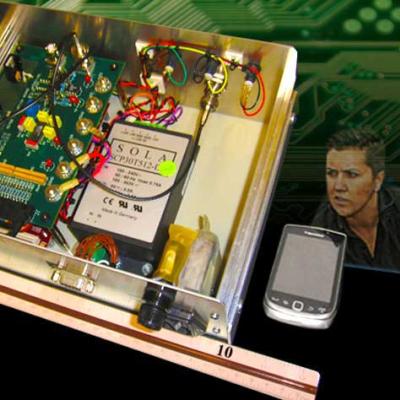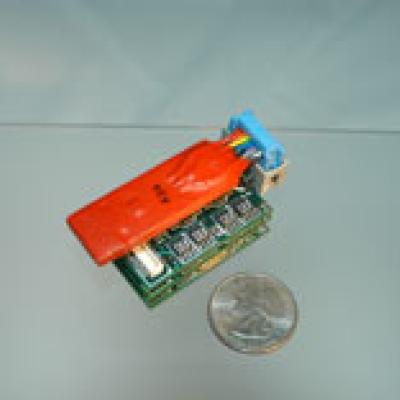LLNL researchers have developed a Li-Sn-Zn ternary alloy and its method of production. Instead of traditional alloying techniques, the alloy was synthesized using mechanical alloying (high energy ball milling). With high purity elemental powders of lithium, tin and zinc, LLNL researchers were able to prepare Li60Sn20Zn20 as well as Li70Sn20Zn10 nanopowders.
Keywords
- Show all (74)
- Photoconductive Semiconductor Switches (PCSS) (9)
- Electric Grid (8)
- Imaging Systems (8)
- Carbon Utilization (6)
- Semiconductors (6)
- Materials for Energy Products (4)
- Optical Switches (4)
- Additive Manufacturing (3)
- Power Electronics (3)
- Sensors (3)
- Spectrometers (3)
- 3D Printing (2)
- Computing (2)
- Direct Air Capture (2)
- Optical Sensors (2)
- Particle Accelerators (2)
- Simulation (2)
- Precision Engineering (1)
- (-) MEMS Sensors (2)
- (-) Synthesis and Processing (2)

CMI—a DOE Energy Innovation Hub—is a public/private partnership led by the Ames Laboratory that brings together the best and brightest research minds from universities, national laboratories (including LLNL), and the private sector to find innovative technology solutions to make better use of materials critical to the success of clean energy technologies as well as develop resilient and secure…

For this method, a Silicon on Insulator (SOI) wafer is used to tailor etch rates and thickness in initial steps of the process. The simple three step process approach is comprised of grayscale lithography, deep reactive-ion etch (DRIE) and liftoff of the SOI wafer. The liftoff process is used to dissolve the insulating layer, thus separating sections of the wafer as individual silicon…

The technology that is available has the capability to inject realistic radiation detection spectra into the amplifier of a radiation detector and produce the all the observables that are available with that radiation detection instrument; count-rate, spectrum, dose rate, etc.
The system uses the capability of LLNL to generate the source output for virtually any source and determine…

LLNL has developed a compact and low-power cantilever-based sensor array, which has been used to detect various vapor-phase analytes. For further information on the latest developments, see the article "Sniffing the Air with an Electronic Nose."

